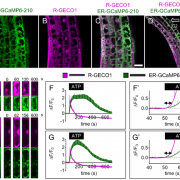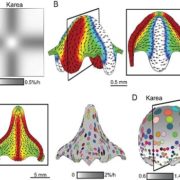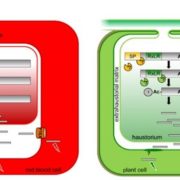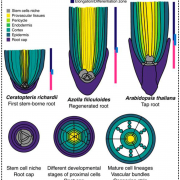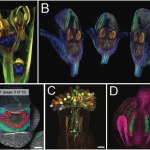Review: Compartmentalization drives the evolution of symbiotic cooperation (Proc. Roy. Soc.)
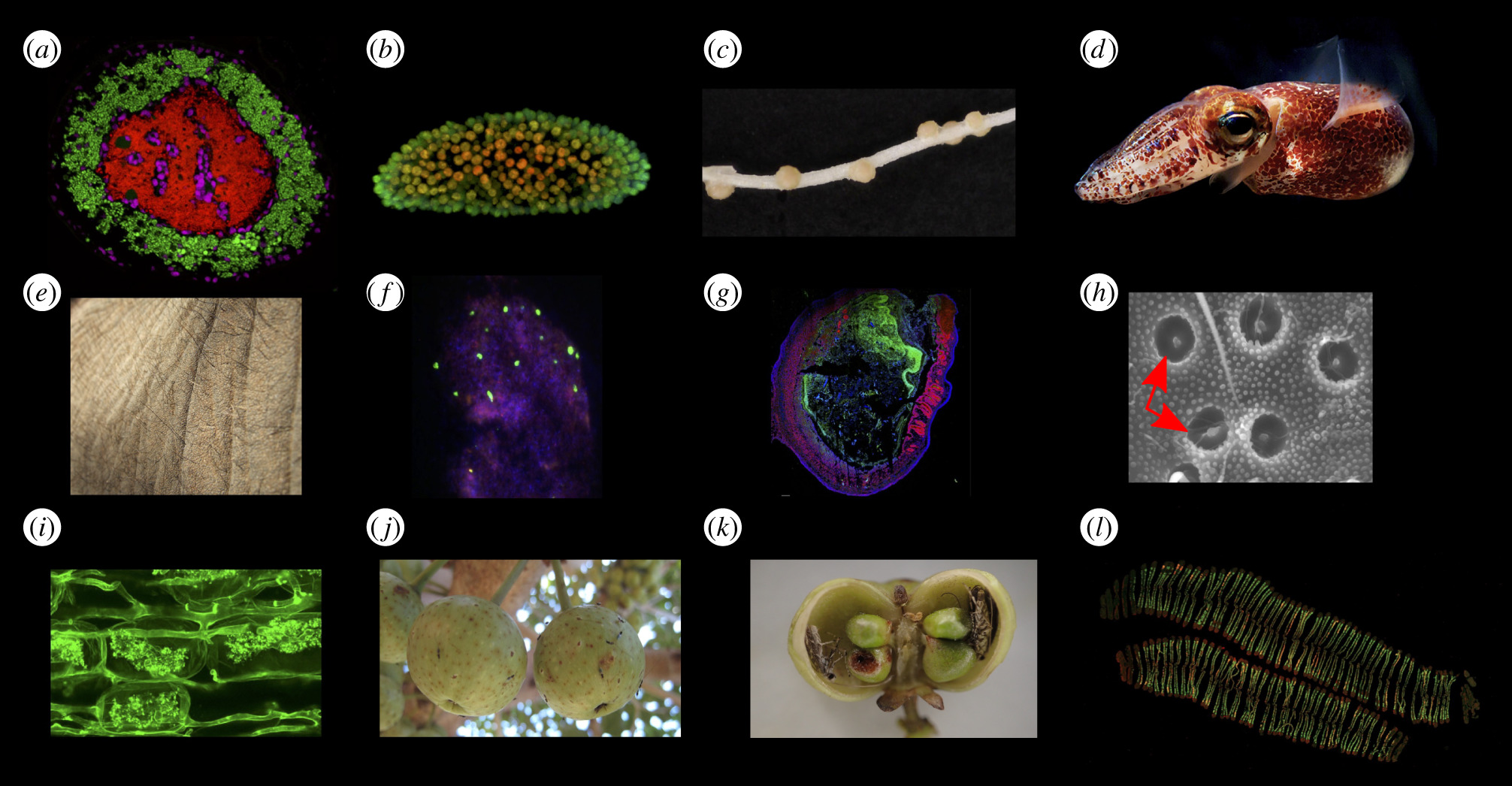
Many plants take advantage of microbial symbionts to boost their nutrient uptake, with classic examples provided by mycorrhizal fungi and the legume/Rhizobia partnership. Similar symbiotic partners are found in other domains of life, including the coral/dinoflagellate symbiosis, and the symbiosis between many insects or other animals and their gut microbiota. Chomicki et al. address all these symbioses and ask the question: how does the host control the guest, to prevent the beneficial relationship from tipping into parasitism? The authors observe that in most of these successful partnerships, the symbiont is sequestered into some sort of compartment, which allows the host to both selectively filter their entry, and to control the growth and reproduction of the symbiont. This interesting review is a useful perspective on the evolution and ecology of host/symbiotic interactions and benefits from its broad, multi-kingdom perspective. (Summary by Mary Williams @PlantTeaching) Proc. Roy. Soc. 10.1098/rstb.2019.0602




